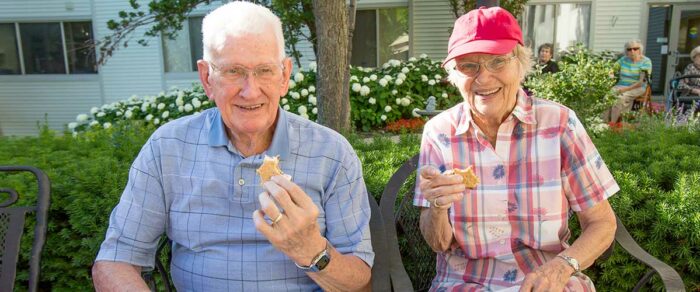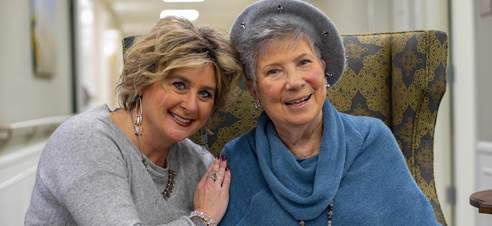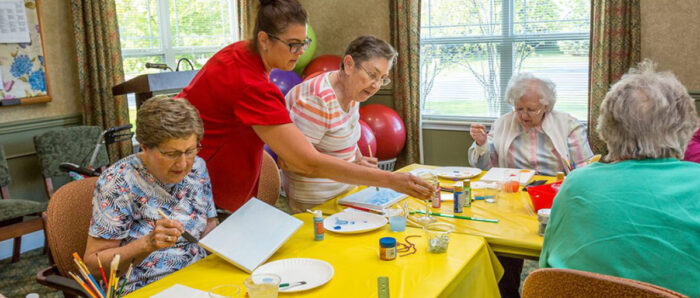404
Page not found
Sorry but that page could not be found. Click here to return to the homepage.
Voted #1 In Senior Living By Those Who Matter Most. Learn More >

Active Adult – Designed for retired adults 55 or older who would enjoy freedom from chores and maintenance, exclusive perks, convenient amenities, countless social opportunities and much more. This is retirement like you always imagined with everything you need to make the most of every day.

Independent Living – From maintenance-free living to convenient amenities and more, everything is designed to provide peace of mind and help you spend your days exactly as you want to.

Assisted Living – From help with medication to support with daily activities, coordinating appointments, and more, assisted living offers 24-hour care.

Memory Care – Designed for those experiencing dementia or other memory impairments, our licensed memory care neighborhood offers specially trained employees, intentional programming, unique community features, and more.

Enhanced Living – For those who are most comfortable in an apartment setting and are not ready or in need of the care services offered in assisted living, enhanced living offers flexibility to only pay for necessary services.
To get started, enter your desired city, state or ZIP code below.
Sorry but that page could not be found. Click here to return to the homepage.
Connect with us by phone at 1-844-275-9990 to get answers to your questions, or just to say hello.